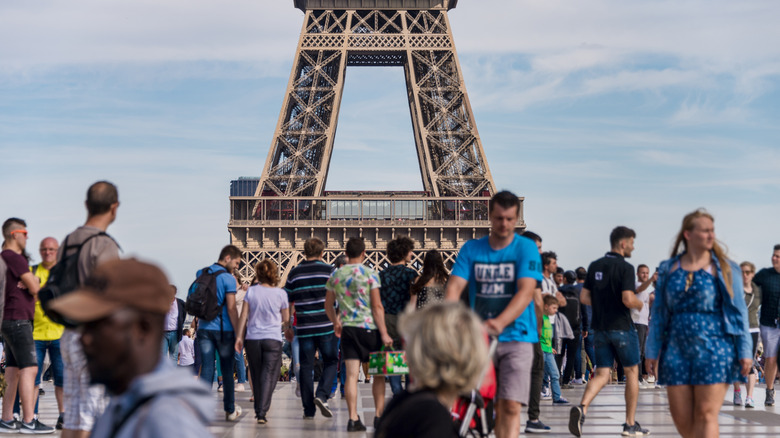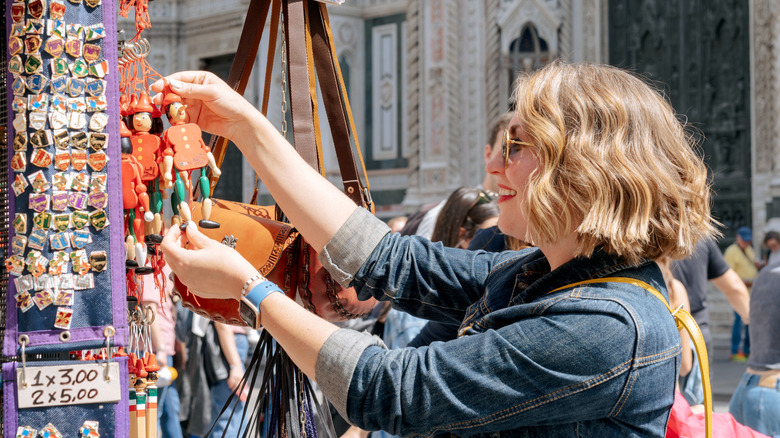The Simplest Warning Sign That Your Destination Is Likely A Tourist Trap
Every neighborhood, city, and country has its must-see landmarks and essential activities, but travelers looking for a deep, intercultural connection should be wary of accidentally falling into a tourist trap. These attractions aren't necessarily popular spots like the Eiffel Tower in France or Senso-ji Temple in Tokyo, but they often tend to be. The term's definition (per Merriam-Webster) specifies that a tourist trap has elements designed not only to attract but also to exploit visitors.
They also correlate with disappointing destinations. Sifting through a list of the most disappointing tourist attractions in the world, you may not be too surprised to see big-name, often-promoted sites like Times Square in New York City or the Leaning Tower of Pisa in Italy, with the reasons citing too many people and too many tourist scams.
While there are many telltale signs a tourist spot won't be worth the hype, when you're already on-site, the most obvious sign is also the simplest one: gift shops. Specifically, those with cheaply-made replicas of a nearby landmark, or generic memorabilia, often with a high price tag. You know the ones, with floor-to-ceiling shelves filled with cliché items that you'll likely spot in every other gift shop in the area.
Some tourist spots and souvenirs are worth it, and others are not
Just because the Eiffel Tower is considered a tourist trap doesn't mean you shouldn't visit. It is the symbol of Paris, after all. But if you're planning to visit a tourist spot with a tourist trap connotation, then consider shopping for souvenirs a few streets outside the main tourist area. Get off at one or two bus or train stations early and look for shops along your way. You'll be more likely to find locally owned shops with unique items.
Souvenir seekers can also count on museum gift shops, which are often believed to offer a well-curated collection of items related to its ongoing exhibitions or where it's located. Big institutions will still have your classic fridge magnets and postcards, but there will be a lot of other options too. Independent, small museums will have an even more niche selection that makes for great souvenirs. The Japanese American National Museum in California, for example, sells a Hello Kitty bobblehead with a design that's exclusive to the museum.
Alternatively, you can skip souvenir shops altogether and head to the grocery store for affordably priced and actual daily snacks and items to take home. Ultimately, the best souvenir is the one you'll want to enjoy after you return home.

